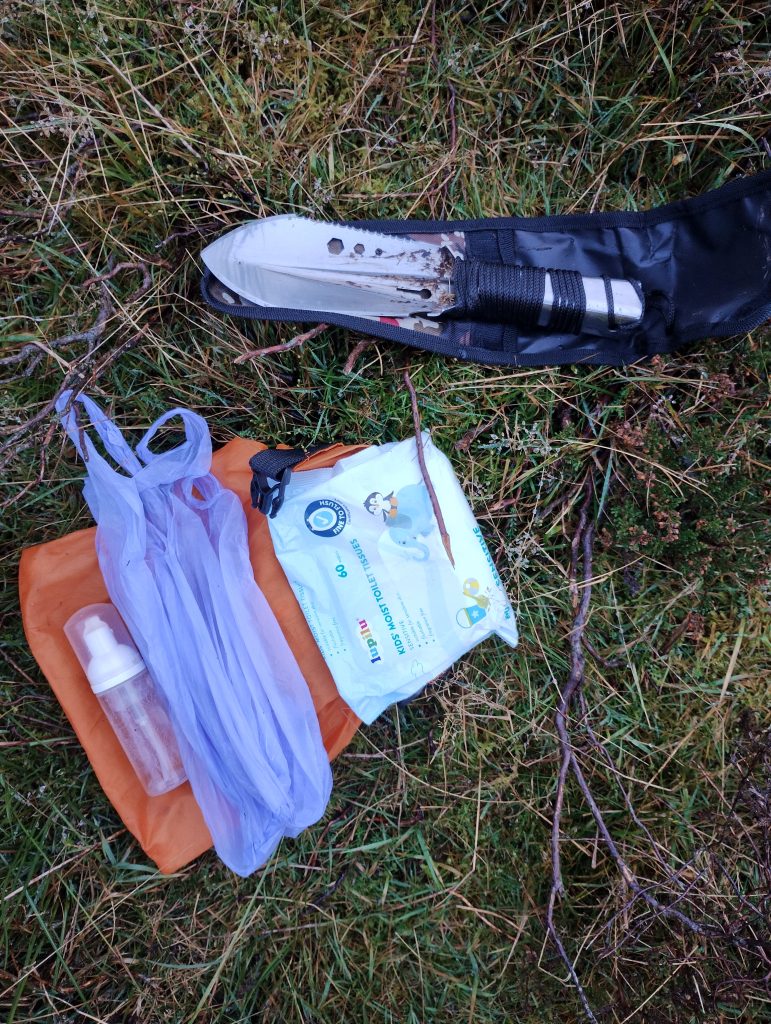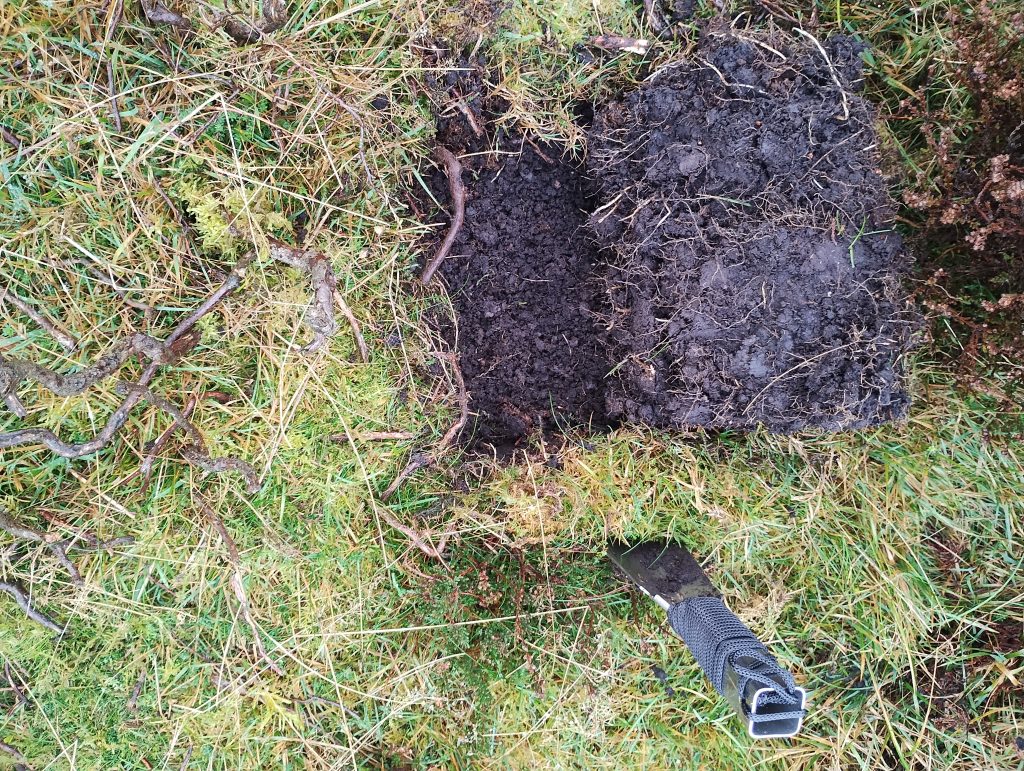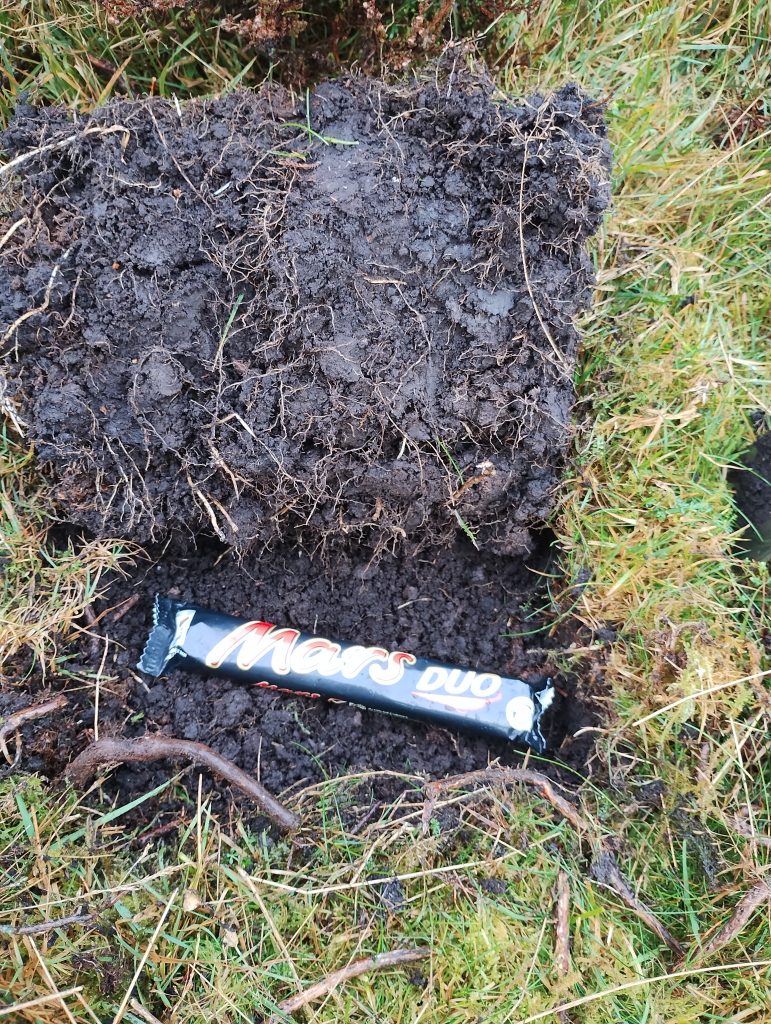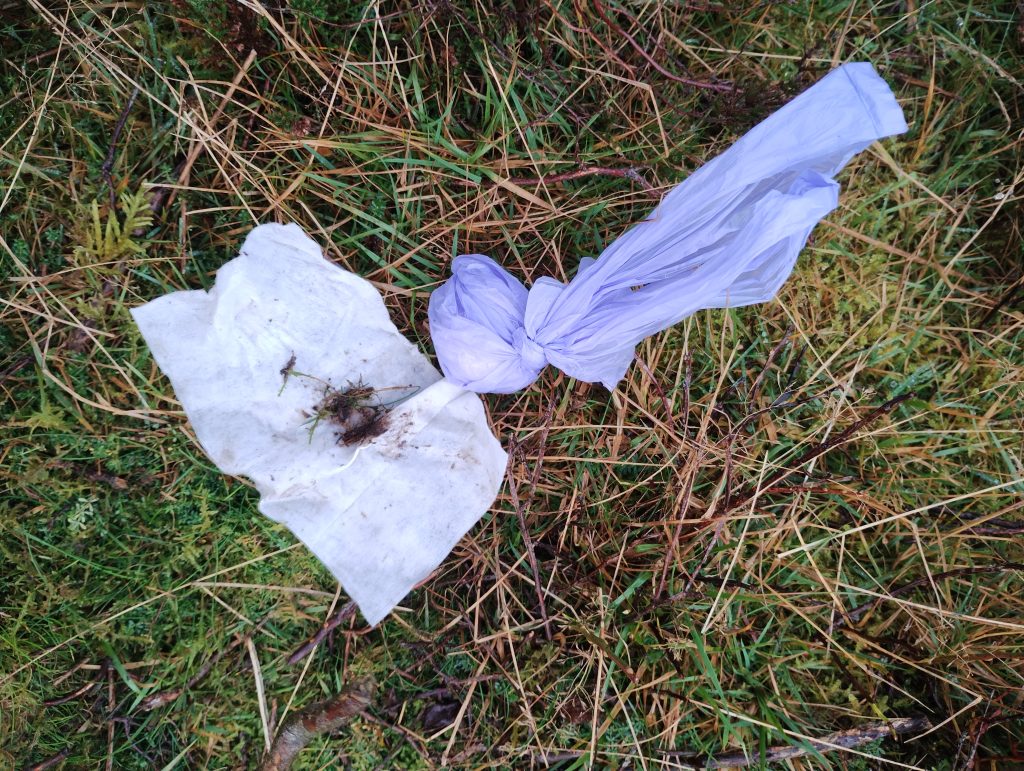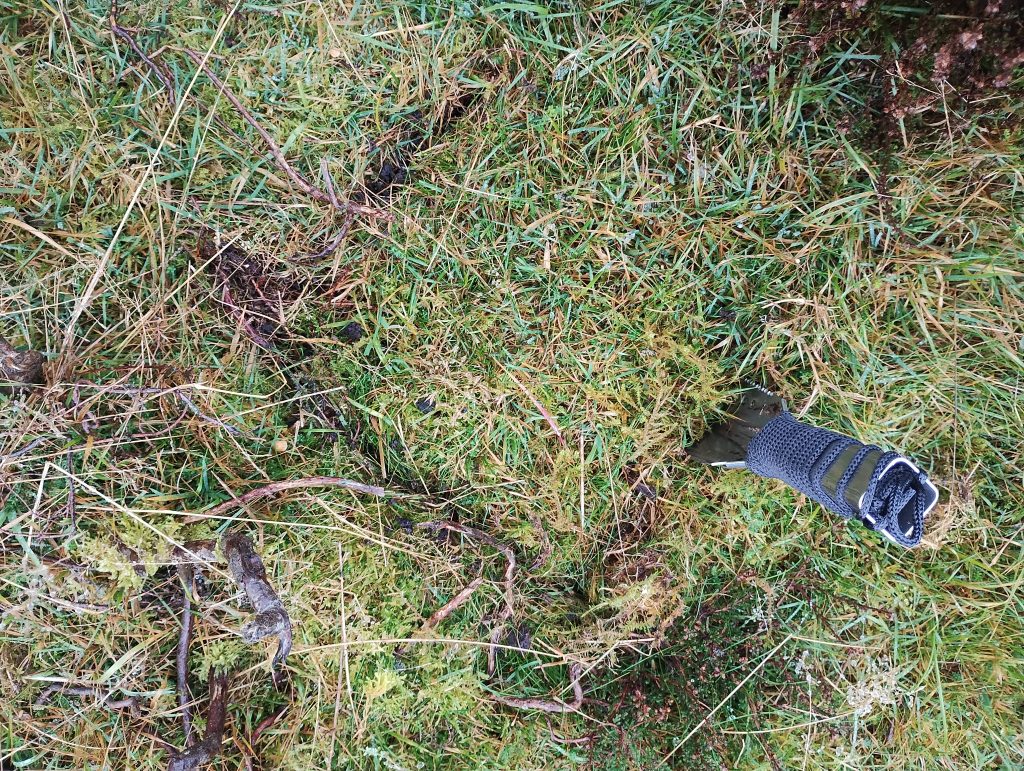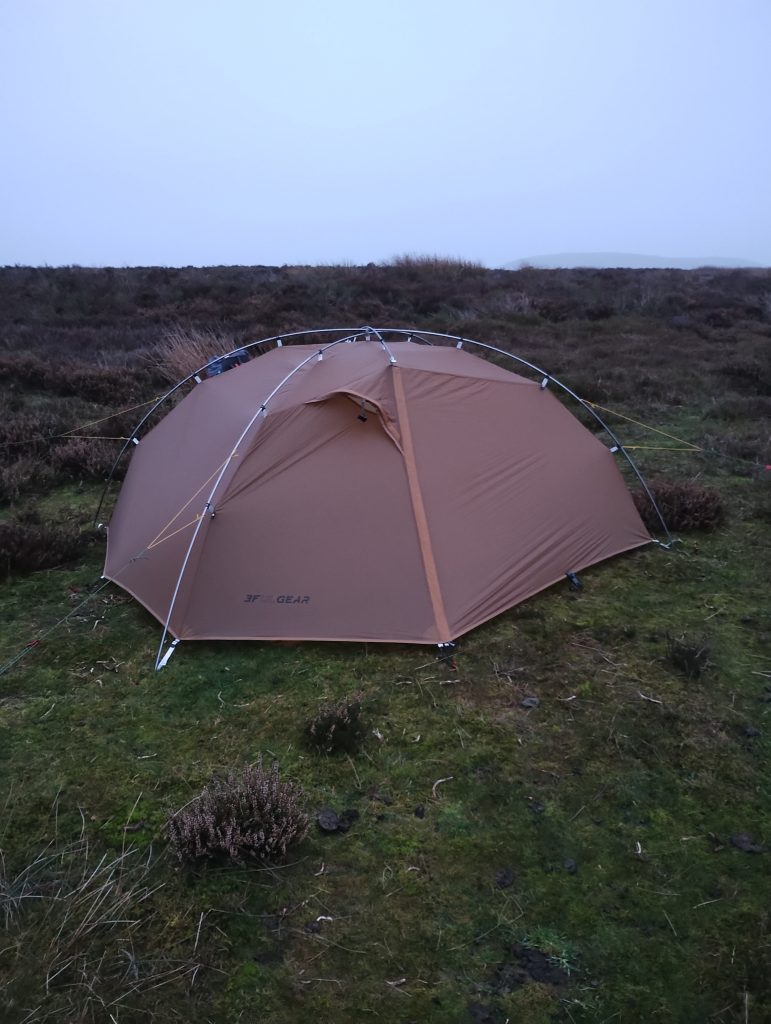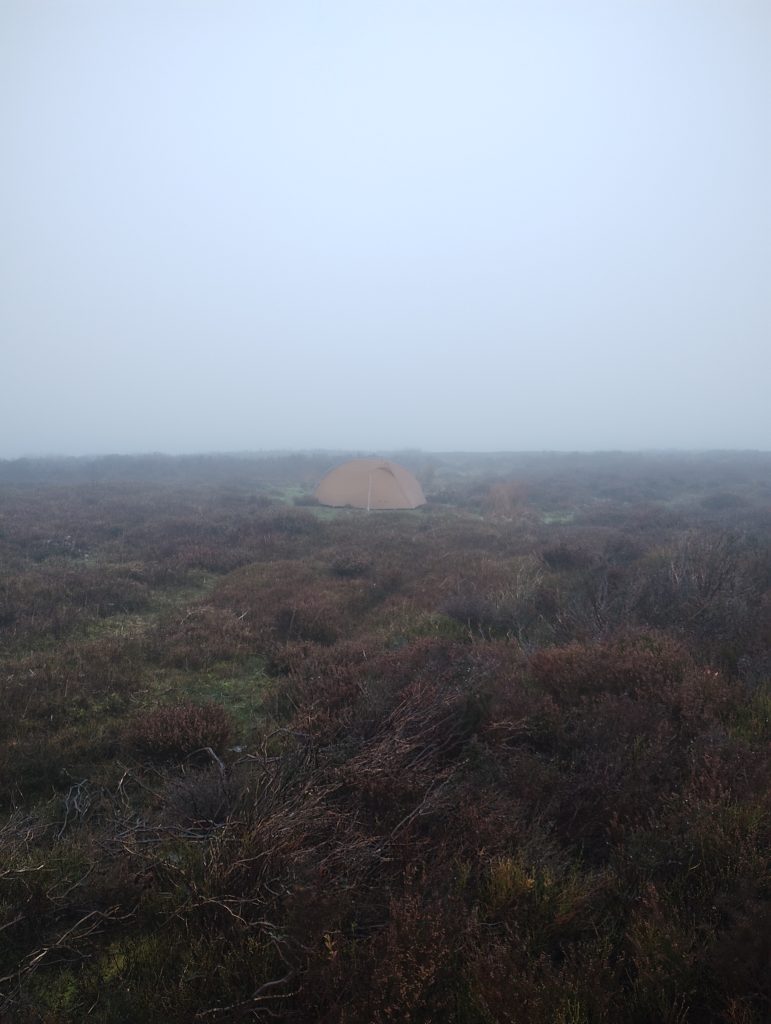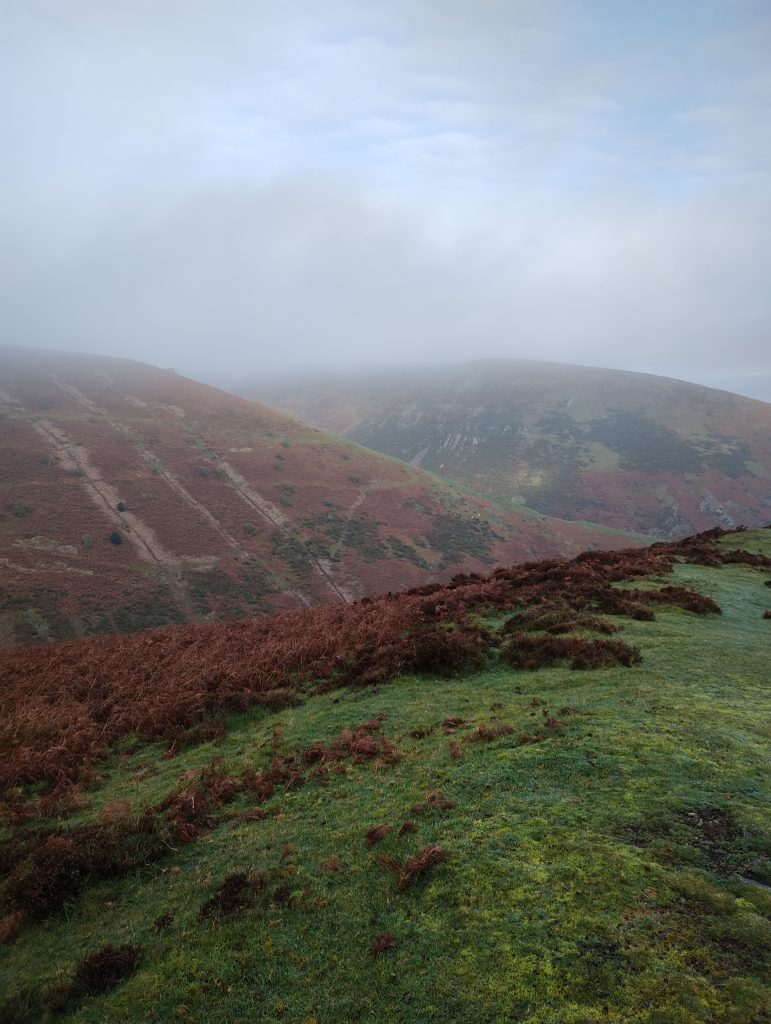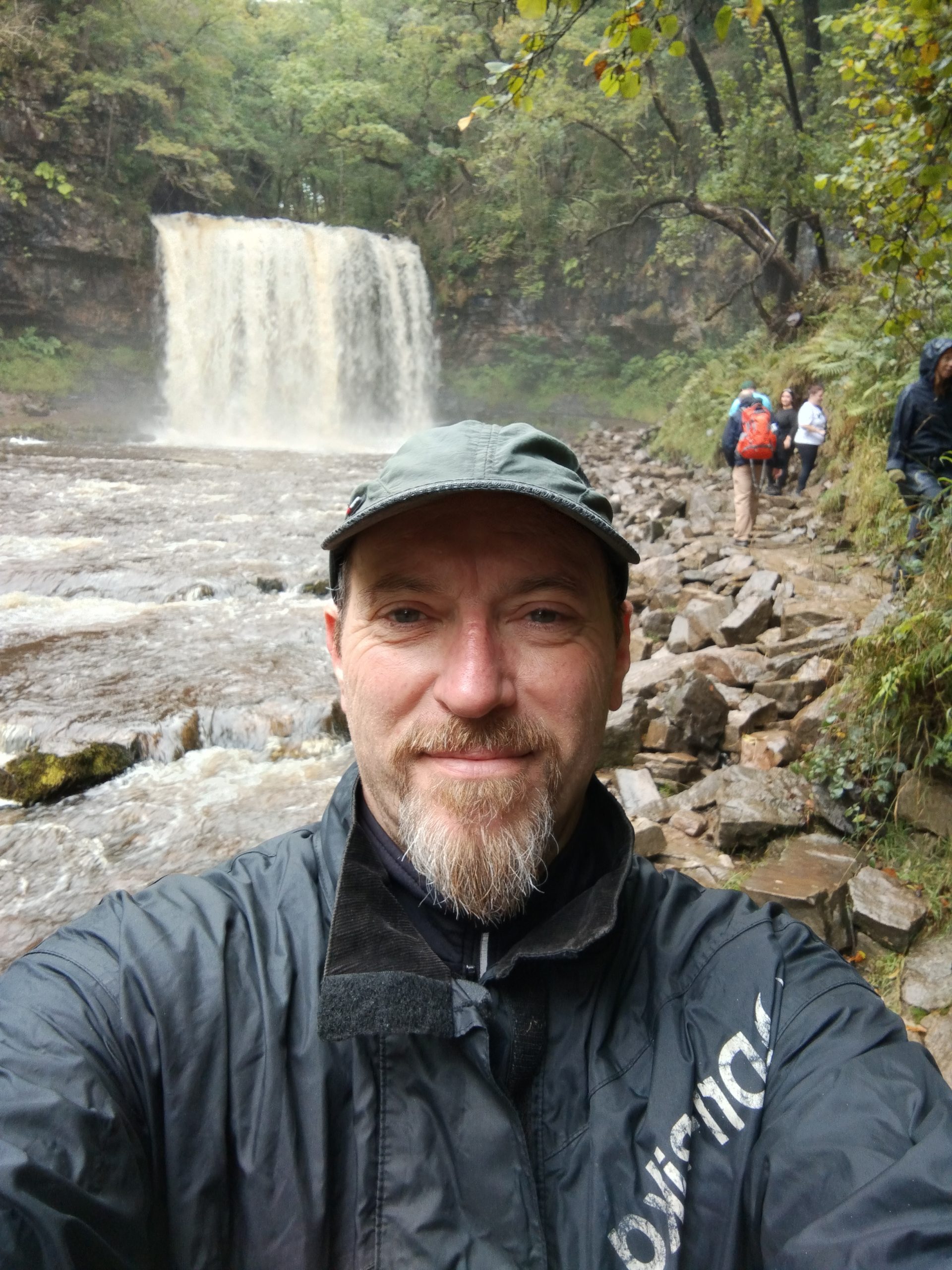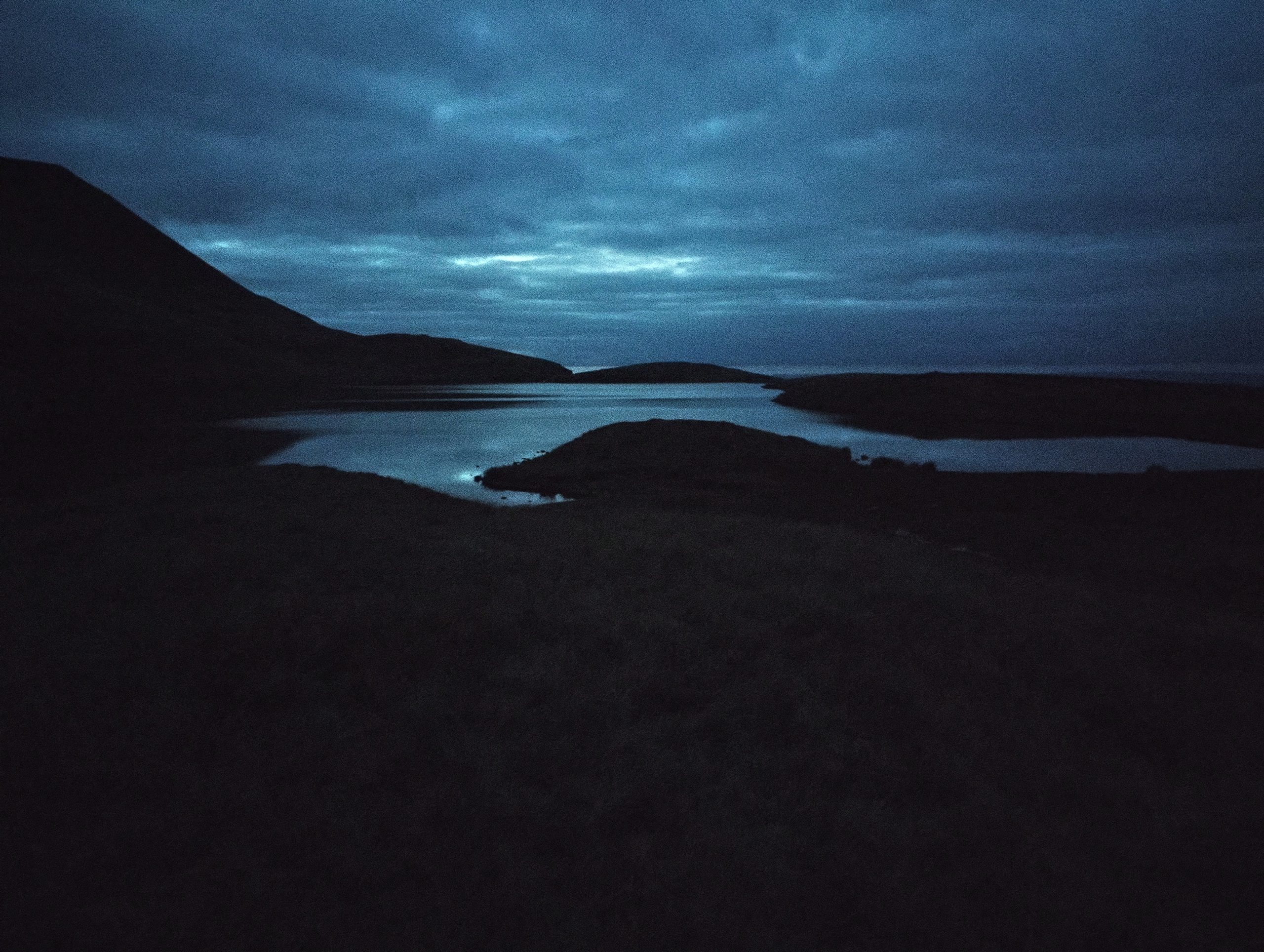So one of the most frequently asked questions is see being posted on several platforms is “I want to go wildcamping, what kit do I need?”.
Well, as with most things there are essential items, and there luxury or desirable items.
First lets look at the essential ones.
Obviously you’re going to need some form of shelter, and that means either a tent, a bivvy, or a tarp. If you’re just getting started then I would heartily recommend a tent, it’s far more friendly in it’s use.
Tents are relatively easy to pitch and will give you plenty of room (depending on the individual tent), far more than a bivvy would, which is essentially a fabric coffin. However, both will give you adequate shelter from the elements, just in slightly different ways. A tarp is just that, a tarpaulin that you can configure to create a shelter, but if you’re starting out then I would not recommend this method unless you’re already familiar with setting up shelters, which if you are then you’re probably already wildcamping and need not read any further.
Next up is your sleep kit. This consists of a mat of some kind and a bag or a duvet to sleep in or under. There’s another post here about this very subject that covers the types of kit available and the pros and cons of each one in more detail. Take a look at that once you’ve finished here.
You’re going to need a bag/rucksack of some kind to carry everything you need. There’s a lot of choice available so one of them will suit your needs.
Tent, sleep kit, and rucksack. These are collectively called the ‘big three’, the three items that will cost you the most, but you’re not really going to go anywhere without them.
Next on the list of essential items is a cook set, something to either cook on or heat water for dehydrated food and hot drinks.
A first aid kit, even a very basic one can be a lifesaver when needed. As can a lifesaver bivvy, a plastic bag that you can crawl into if the shit really hits the fan. A silver foil thermal blanket is also a must.
Another essential is a poo kit, there’s another post here that deals with that one in more detail. Again, have a read of that and come back when you’re ready. Something to carry your water, and at the very least some puritabs to sterilise water from a natural source. Although a decent filter is now part of my essential kit. Again, there’s another post about that here as well.
Whatever food you need for your trip.
Some form of navigation method. Personally I never go without a map and compass, but many just rely on a phone or other device, which is not really a good idea if you think about it. Always have a backup is my philosophy.
Your clothing should be appropriate to the walk and conditions you will be experiencing while out. If it’s raining take a rain jacket, if it’s cold wear layers, if it’s going to be sunny take a hat etc etc. It’s that simple and obvious really.
To sum up your essential kit in list form:
Tent/Bivvy, Sleep kit, Rucksack, First aid kit, Emergency bivvy, Emergency foil blanket, Poo kit, Water carrier, Water purification, Food, Navigation method, Appropriate clothing for the trip.
These are the things I will never go anywhere on a wild camp without, not unless things have gone very wrong indeeed.
Now to the luxury and desirable items, and you can decide which are luxury and which are desirable for yourself.
A powerbank for recharging your phone etc. Spare or extra clothes. Extra treats such as chocolate etc. Pillow. In fact absolutely anything else you like!!
This is a bit of a cop out I know, but to be honest I could spend all day making a list of everything you could take with you if you wanted to. Basically, if you take all of the items in the essential list, in whatever form they come, you won’t go too far wrong. And in time you’ll learn for yourself what extras to take that make life in a tent just that little bit nicer.
Personally, I have a plastic collapsible bottle that was designed to take a whole bottle of wine, so I decant a good red into it and take that too. For me, there’s nothing quite so nice as finding a good pitch with a good view and watching the last of the sun drop beneath the horizon with a mug of red to accompany my evening meal.
I ask you, what could be better than that?

